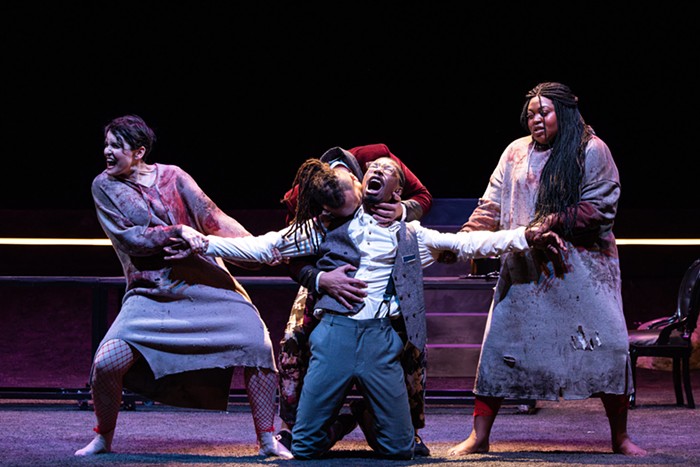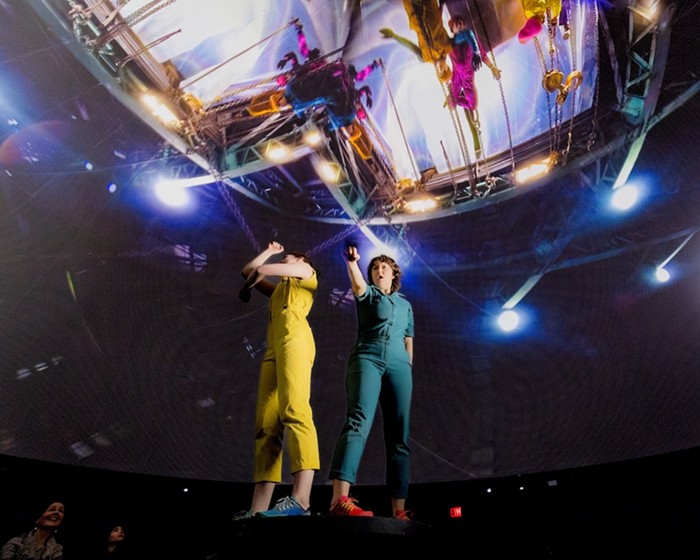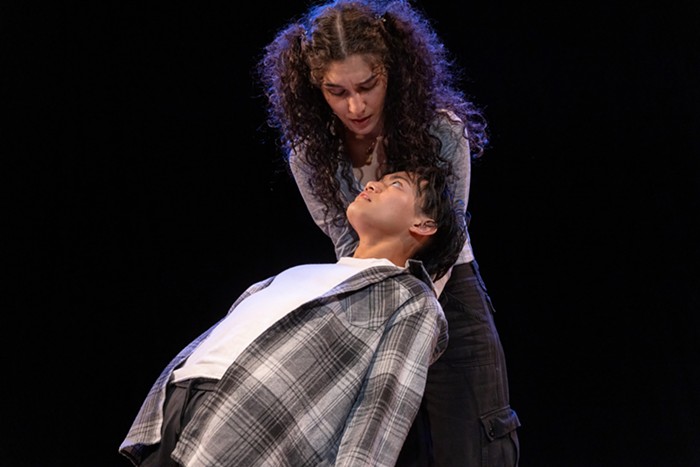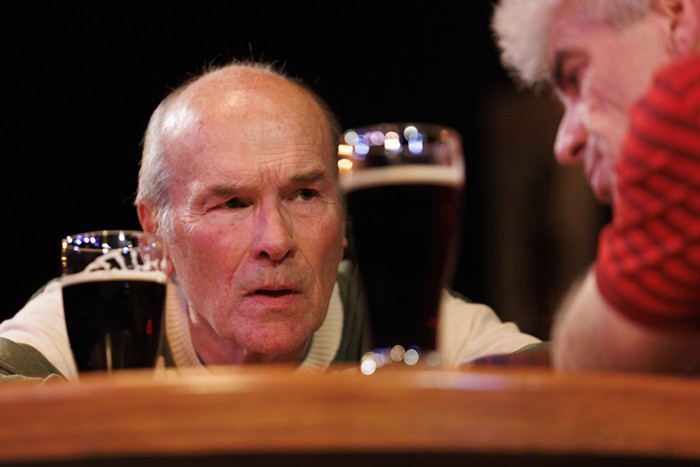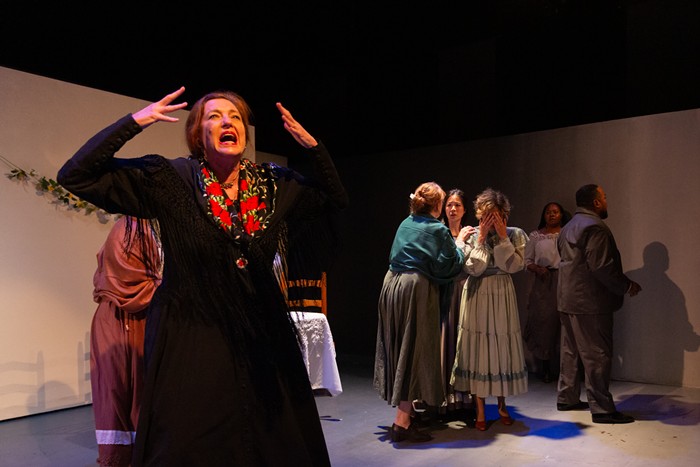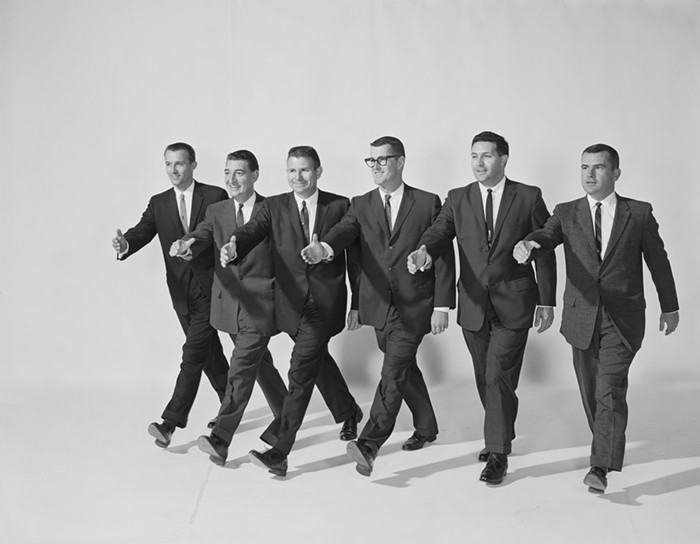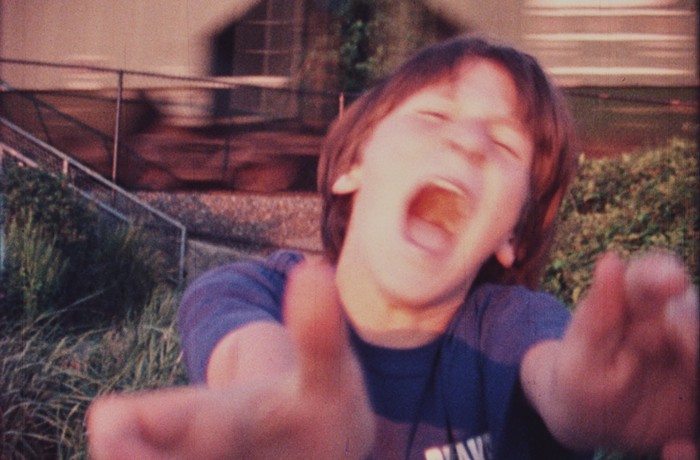OPERA HAS ACQUIRED a reputation of being a staid and exclusionary art form—I think Wagner's unapproachable Ring cycle is largely to blame for this—but at its heart, it functions as an incredibly populist form of entertainment. Telling tales of bawdy human behavior, operas can be full of lust and blood and humor, set to melodies that were the equivalent of pop hits in their day. The Portland Opera kicks off its 46th season with a double feature of shorts, two short and dissimilar works that display opera as both low and high art. Not surprisingly, it's most engaging at the low end, as in the opera's first half, Ruggerio Leoncavallo's Pagliacci, the tale of a clown who catches his wife cheating on him. (As a result he becomes one very sad, very angry clown.) The second half, a staging of Carl Orff's oratorio Carmina Burana, is a choral piece accompanied by dancers from BodyVox. It's arty, intermittently boring, and occasionally beautiful.
First of all, everything on stage looks gorgeous. The seemingly simplistic set for Pagliacci contains surprising depth, capturing the ramshackle feel of a touring caravan. During Pagliacci's second half, we see Canio (Richard Crawley) confront his unfaithful wife Nedda (Emily Pulley) in front of their paying audience, while we're also allowed a glimpse behind the stage to the shabby reality of the clowns' backstage lives. After the second intermission, the curtain rises on the bloody aftermath of Pagliacci—a bold and effective staging decision—before segueing into the Orff.
Carmina Burana is known for the bombastic "O Fortuna," but the rest of the work feels disappointingly aimless. Based on Medieval Latin texts, Carmina's collection of tableaux flits around the finite qualities of earthbound existence: the advent of spring, the fleeting grace of young love, the plight of a swan that's cooked and eaten. It's accompanied by striking if baffling imagery (a tree is suspended horizontally above the action, apples are rolled across the stage) and some exceptional dancing from BodyVox. Still, it's hard to become engaged by any of this; it feels like an intellectual exercise rather than an emotional one. And that's the end result of this production as a whole: it's more of a museum piece than anything relevant to our current-day lives. Then again, it's not as though a visit to the museum ever hurt anybody.

